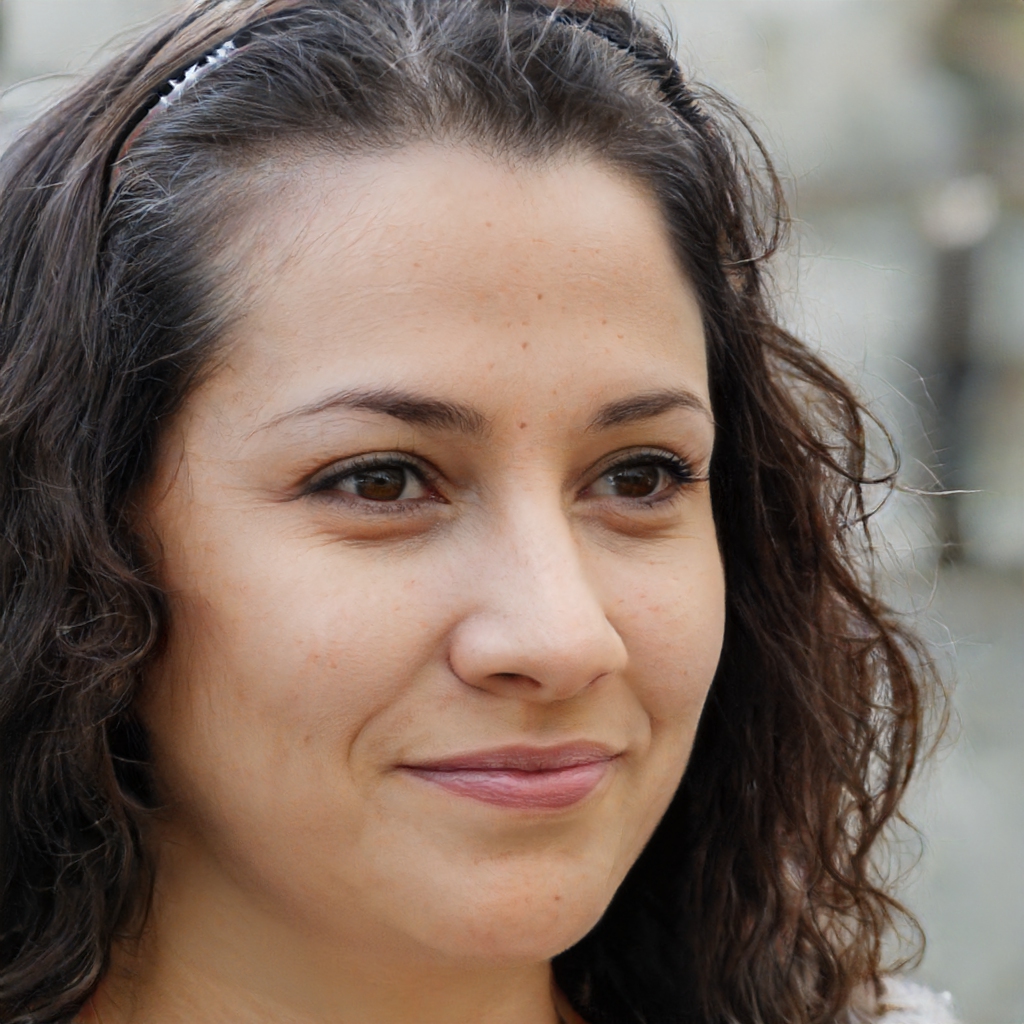There are many reasons why people might need an organic chemistry app. Some people might need to learn organic chemistry for a class, others might be scientists who work with organic compounds in their job, and still others might just want to know more about the chemistry behind the things they eat.
An organic chemistry app must be able to:
-Organize and display information about organic molecules and reactions
-Provide tools for analyzing organic molecules and reactions
-Enable users to create and experiment with organic molecules
The best organic chemistry app
Organic Chemistry App by The University of Texas at Austin
Organic chemistry is the study of the chemical elements and their compounds. Inorganic chemistry is the study of the inorganic elements and their compounds.
Organic Chemistry Laboratory by John Wiley & Sons, Inc.
The John Wiley & Sons, Inc. Organic Chemistry Laboratory provides students with the opportunity to learn about the principles of organic chemistry by performing experiments. The laboratory is divided into three sections: the reactants area, the products area, and the waste area. In the reactants area, students can mix and match different chemicals to create new compounds. The products area allows students to observe how different compounds react with one another and the waste area allows them to discard unwanted compounds.
The Organic Chemistry Primer by Elsevier Science Ltd.
The Organic Chemistry Primer is a concise, up-to-date introduction to the principles of organic chemistry. It covers the major topics in an accessible and engaging way, with plenty of examples and exercises to help you understand and apply the concepts.
This book is ideal for students taking introductory organic chemistry courses, or for anyone who wants to gain a basic understanding of this fascinating subject.
Chembook: Organic Chemistry by Pearson Education, Inc.
Chembook is an online resource for students of organic chemistry. The site provides interactive tutorials, problem sets, and video lectures that cover the most important concepts in the subject. The tutorials are designed to help students learn at their own pace, and the problem sets provide a variety of challenges that can help them practice their skills. The video lectures are provided by leading organic chemists and experts in the field, and they cover a wide range of topics related to organic chemistry. Chembook also offers access to supplemental materials, such as flashcards and practice problems, that can help students further improve their understanding of the subject.
The Organic Chemist’s Desk Reference, 8th Edition by Richard A. Fennell and Pamela Krieger
The Organic Chemist’s Desk Reference, 8th Edition is the most comprehensive and up-to-date resource for organic chemists. This comprehensive reference covers all aspects of organic chemistry, from structure and reactivity of molecules to methods for synthesizing and analyzing chemicals. The book is divided into five sections: Structure and Reactivity of Organic Molecules, Methods for Synthesis and Analysis, Biological Chemistry, Environmental Chemistry, and Pharmaceutical Chemistry.
The first section covers the structure and reactivity of organic molecules. This includes coverage of aliphatic hydrocarbons, aromatic hydrocarbons, heterocyclic compounds, amines, carboxylic acids, esters, carbon-carbon double bonds, nitrogen-containing compounds, phosphorus-containing compounds, halogen atoms, and functional groups. The second section provides methods for synthesis and analysis of organic molecules. This includes coverage of traditional chemical methods such as distillation column chromatography (DCC), high performance liquid chromatography (HPLC), nuclear magnetic resonance spectroscopy (NMR), mass spectrometry (MS), Fourier transform infrared spectroscopy (FTIR), ultraviolet/visible spectroscopy (UV/VIS), gas chromatography/mass spectrometry (GC/MS), electrochemical detection methods such as amperometric detection or coulometric detection using anodic stripping voltammetry (ASV) or potentiometric detection using a coulometric electrode array (CEA). The third section covers biological chemistry including coverage of enzymes including kinetics determination using Michaelis–Menten kinetics or enzyme assays such as the colorimetric assay for glucose oxidase. The fourth section covers environmental chemistry including coverage of air pollution monitoring with particulate matter measurements using an electrochemical sensor or water quality measurements with an electrochemical sensor. The fifth section covers pharmaceutical chemistry including coverage of drug metabolism with drug metabolism studies using rat liver microsomes or human liver microsomes; drug delivery with studies on liposomes; drug interaction studies with human cells; study on pharmacokinetics in animals; study on pharmacodynamics in animals; study on toxicity in animals; study on bioavailability in humans; study on phase I/II clinical trials in humans.
The Molecular Biology of the Cell, 4th Edition by Bruce Alberts and Jeffrey Lichtman
This authoritative text covers the molecular biology of the cell in a comprehensive and accessible manner. It is divided into five parts: the genetic code, DNA replication, transcription, translation, and protein synthesis. Each part is further divided into chapters that cover a specific topic in detail. The Molecular Biology of the Cell provides students with an understanding of how genes are organized within chromosomes and how they are expressed in response to environmental stimuli. It also provides an understanding of how proteins are synthesized from amino acids and how they function within cells. This edition has been updated to reflect the most recent advances in molecular biology and includes a new chapter on epigenetics.
Principles of Inorganic Chemistry, 3rd Edition by Lewis Eisler and Melvin M. Goldberg
This third edition of Principles of Inorganic Chemistry provides a comprehensive and up-to-date treatment of the principles and methods of inorganic chemistry. The book is divided into five parts: the structure and properties of atoms and molecules; the elements; reactions between atoms and molecules; chemical bonds; and physical properties. Each part is further divided into chapters, which cover specific topics such as ionic compounds, coordination complexes, transition metal chemistry, organometallic chemistry, spectroscopy, and environmental chemistry.
The text is supplemented with over 1,000 figures and tables illustrating the principles discussed in the text. The authors have also included a comprehensive index that makes finding information on specific topics easy.
Inorganic Chemistry: An Advanced Treatise, 6th Edition by Lewis Eisler and Melvin M. Goldberg
This text is a comprehensive, up-to-date introduction to inorganic chemistry. It covers the principles of structure and reactivity of the elements, as well as the synthesis and properties of common inorganic compounds. The text is divided into six major sections: (1) The Elements; (2) The Structure and Reactivity of the Elements; (3) Inorganic Chemistry I: Compounds of Metals and Nonmetals; (4) Inorganic Chemistry II: Compounds of Sulfur, Oxygen, and Nitrogen; (5) Inorganic Chemistry III: Polyatomic Molecules; and (6) Topics in Inorganic Chemistry.
The sixth edition has been extensively revised and updated to reflect the most recent advances in inorganic chemistry. New material on molecular ions, coordination complexes, polyatomic molecules, quantum chemistry, spectroscopy, environmental issues in chemistry, biochemistry, materials science, nanochemistry has been added. Numerous problems have also been revised or rewritten to make them more challenging.
Biochemistry: A Comprehensive Approach, 7th Edition by Kenneth Rokos and Michael
This text is a comprehensive, up-to-date introduction to biochemistry. It covers all the essential topics in biochemistry, from molecular biology and genetics to enzymology and metabolism. The text is written in an easy-to-read style, with full-color illustrations and boxes throughout.
Things to consider when choosing a organic chemistry app
-The app should be easy to use and navigate.
-The app should have a comprehensive database of organic chemistry information.
-The app should be able to generate complex organic molecules.
Good Features
1. Ability to create and edit molecules and reactions.
2. Support for multiple chemical notation formats.
3. Interactive tutorials and exercises to help students learn the material.
4. Built-in search capabilities to help students find specific information quickly.
5. Support for collaboration between students, including sharing of molecules and reactions, editing notes, and grading assignments
The best app
1. The best organic chemistry app is ChemDraw. It is a user-friendly app that allows users to draw and edit molecules and reactions.
2. Another great organic chemistry app is ChemSketch. It offers a variety of features, such as the ability to create 3D models of molecules and reactions, as well as export files for use in other programs.
3. Finally, the third best organic chemistry app is CHEMCAD Free Edition. It is a free app that offers a wide range of features, such as the ability to create 3D models of molecules and reactions, as well as export files for use in other programs.
People also search for
-Organic chemistry
-Chemistry
-Organic
-Chemicalapps.

I love cell phones and technology, Star Trek, Star Wars and playing video games

















